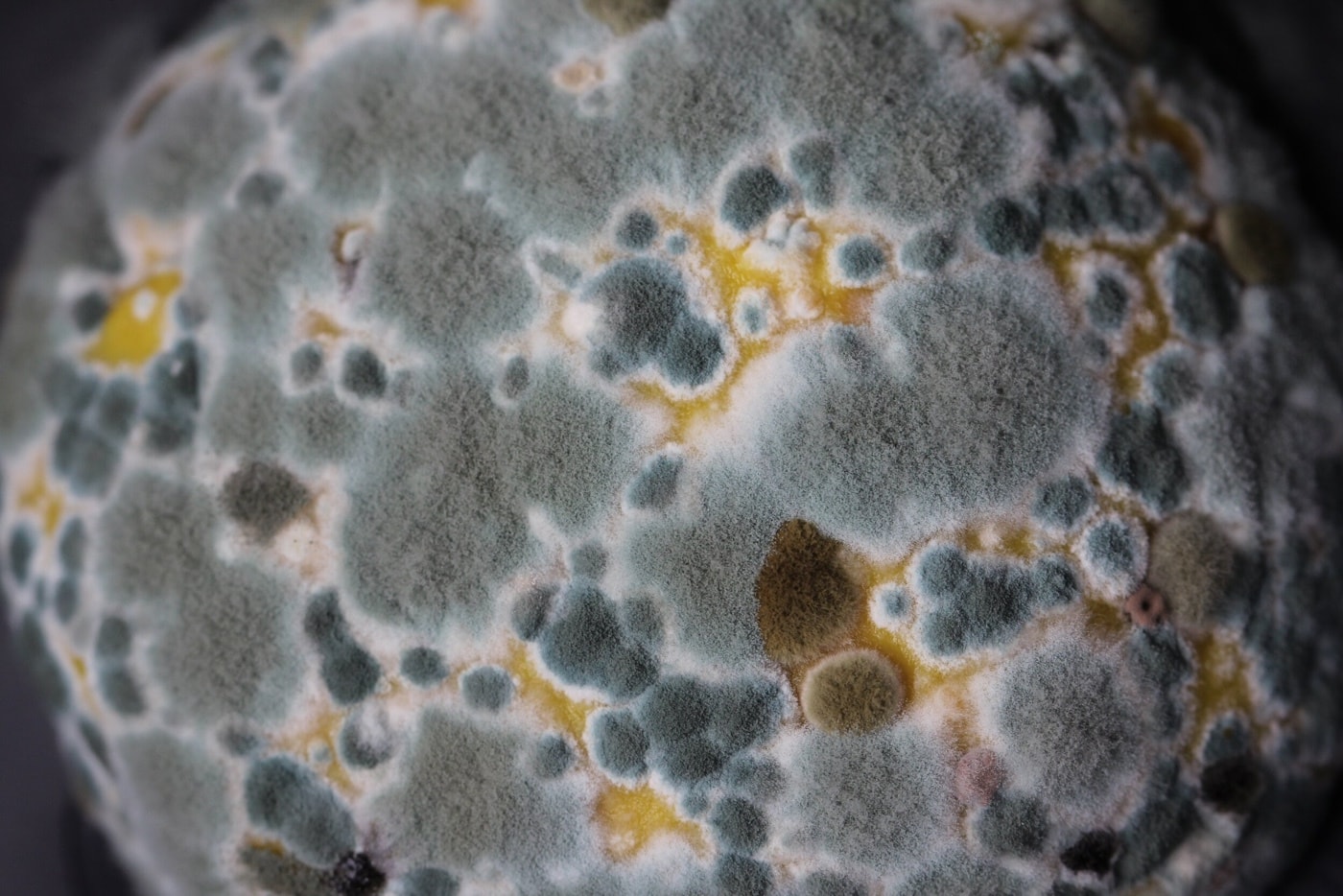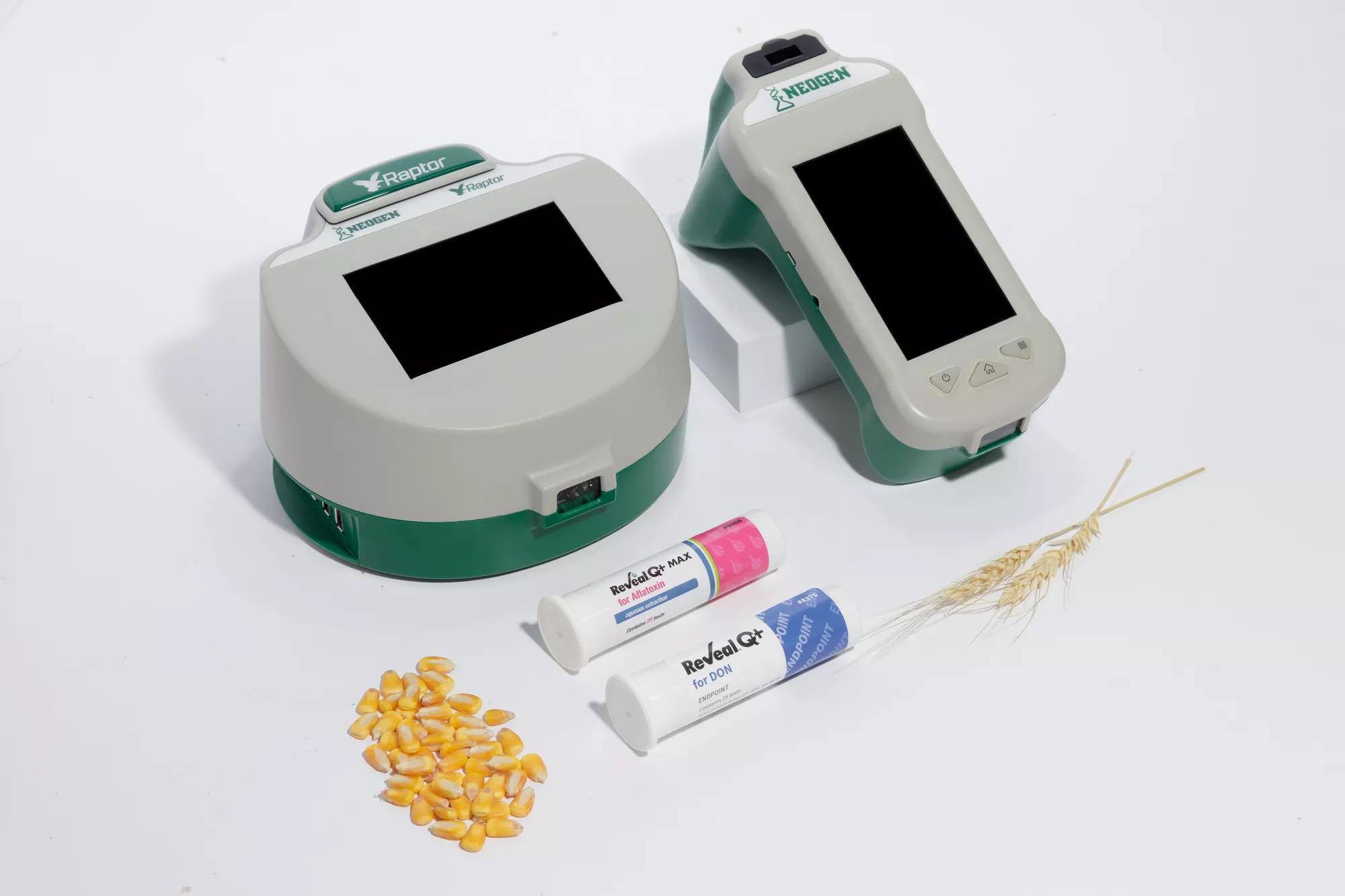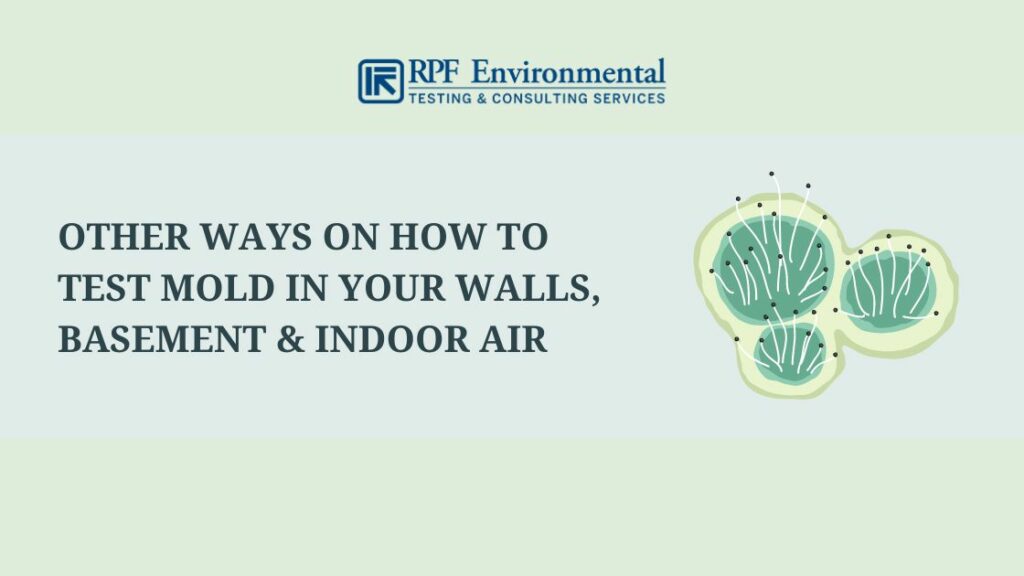Exactly How Mycotoxin Testing Aids Prevent Contamination and Protect Food Supplies

Mycotoxin screening is an indispensable practice in the food sector, functioning as a frontline protection against contamination by dangerous toxic substances created by mold and mildews. Via the application of advanced techniques like High-Performance Fluid Chromatography (HPLC) and Liquid Chromatography-Mass Spectrometry (LC-MS), food producers can precisely identify and quantify mycotoxin levels in farming products. This positive technique not just makes certain conformity with rigorous safety and security laws however also reduces health and wellness risks to customers. Moreover, regular testing fortifies brand reputation and economic health and wellness by lowering contamination-related events. So, just how specifically do these testing methods incorporate into the wider food safety and security technique?
Understanding Mycotoxins
Recognizing mycotoxins begins with identifying that they are hazardous second metabolites created by certain molds, which can infect farming items. These metabolites are not essential for the development or reproduction of the fungi yet can have extreme implications for animal and human health. Mycotoxins are typically located in staple crops such as corn, wheat, barley, and nuts, where they can proliferate under particular conditions of dampness and temperature.
There are a number of kinds of mycotoxins, each produced by various fungal varieties. Fusarium varieties produce fumonisins and trichothecenes, both of which are linked with different severe and persistent health and wellness concerns.

Dangers of Mycotoxin Contamination
The threats of mycotoxin contamination are complex, presenting substantial risks to both food safety and security and public health and wellness. Mycotoxins, toxic compounds produced by particular types of fungi, can infect a broad range of agricultural items consisting of grains, nuts, flavors, dried fruits, and coffee.
Economic influences are an additional significant worry. Polluted plants can lead to significant financial losses for farmers and food manufacturers as a result of reduced yields and the demand for pricey purification steps. Furthermore, global trade can be significantly impeded as countries apply rigorous mycotoxin guidelines to secure their populaces, resulting in rejected deliveries and stretched profession relations.
Environmental factors such as climate change intensify the threat of mycotoxin contamination. Variations in temperature and humidity can develop beneficial conditions for fungal growth, enhancing the likelihood of contamination occasions. Thus, understanding and minimizing these risks are essential for guaranteeing the safety and security and stability of international food products.
Methods of Mycotoxin Examining
Accurately determining mycotoxin contamination in farming products is essential for securing public wellness and maintaining food security requirements. Various methods are employed to detect and quantify mycotoxins, each offering details benefits and restrictions.
High-Performance Liquid Chromatography (HPLC) is a commonly utilized method as a result of its high level of sensitivity and precision. It includes dividing mycotoxins from various other materials in an example, making it possible for exact quantification. Similarly, Liquid Chromatography-Mass Spectrometry (LC-MS) integrates fluid chromatography with mass spectrometry to provide detailed molecular info, making it especially valuable for determining several mycotoxins at the same time - Mycotoxin testing Services.

Gas Chromatography-Mass Spectrometry (GC-MS) and Thin-Layer Chromatography (TLC) are also employed, each with distinct applications. GC-MS is efficient for unpredictable More Bonuses mycotoxins, while tender loving care provides a simpler, cost-efficient alternative for preliminary testing.
Benefits of Normal Checking
Normal testing for mycotoxins in agricultural products supplies numerous benefits, significantly adding to public health and food safety and security. By determining contamination early, routine testing assists prevent the distribution of harmful foods, thereby minimizing the danger of mycotoxin-related ailments among consumers. This positive approach not just safeguards human wellness yet also improves the general high quality of food supplies.
Various nations and regions have actually developed stringent limitations for mycotoxin levels in food and feed. Sticking to these limits via routine screening ensures that producers and providers satisfy legal criteria, consequently staying clear of charges and trade obstacles.
Furthermore, regular mycotoxin testing can bring about significant financial benefits. Early discovery of contamination allows for prompt treatment, reducing possible losses from widespread contamination. Applying routine testing procedures can also decrease recall costs and associated responsibilities, which can be financially ravaging.
In addition, regular testing gives valuable data that can inform better farming techniques and storage space problems. By understanding patterns of contamination, producers can adopt safety nets, therefore adding and minimizing future risks to the sustainability of the food supply chain.
Carrying Out Checking Methods
Executing effective mycotoxin testing methods is critical for guaranteeing the security and top quality of agricultural items. Each stage must be scrutinized to identify where mycotoxin contamination is most likely to take place.
Once vital control points are determined, picking appropriate testing approaches is important. Common techniques consist of enzyme-linked immunosorbent assay (ELISA), Click This Link high-performance fluid chromatography (HPLC), and blog here mass spectrometry (MS) Each technique has its weaknesses and strengths; thus, selecting the proper one depends upon the details mycotoxin being examined, the required level of sensitivity, and readily available sources.

Finally, incorporating the testing methods into an extensive food safety and security administration system is advisable. This boosts traceability and enables swift restorative actions when contamination is detected, consequently safeguarding the stability of the food supply chain.
Verdict
Mycotoxin testing is necessary in protecting against contamination and protecting food products by making it possible for early discovery of unsafe toxic substances produced by molds in farming products. Routine testing boosts brand name track record, economic security, and trust fund in food security by lessening contamination-related losses and keeping high standards in food manufacturing.
Mycotoxin testing is a vital method in the food industry, offering as a frontline defense versus contamination by harmful contaminants generated by mold and mildews. An integrated method entailing farming practices, storage administration, and routine testing can mitigate the dangers connected with mycotoxin contamination, guaranteeing food safety and security and public wellness.
The threats of mycotoxin contamination are diverse, posing substantial risks to both food security and public health.Routine screening for mycotoxins in agricultural products offers many advantages, considerably contributing to public health and food security.Mycotoxin screening is important in protecting against contamination and securing food products by enabling very early discovery of damaging contaminants created by mold and mildews in farming items.